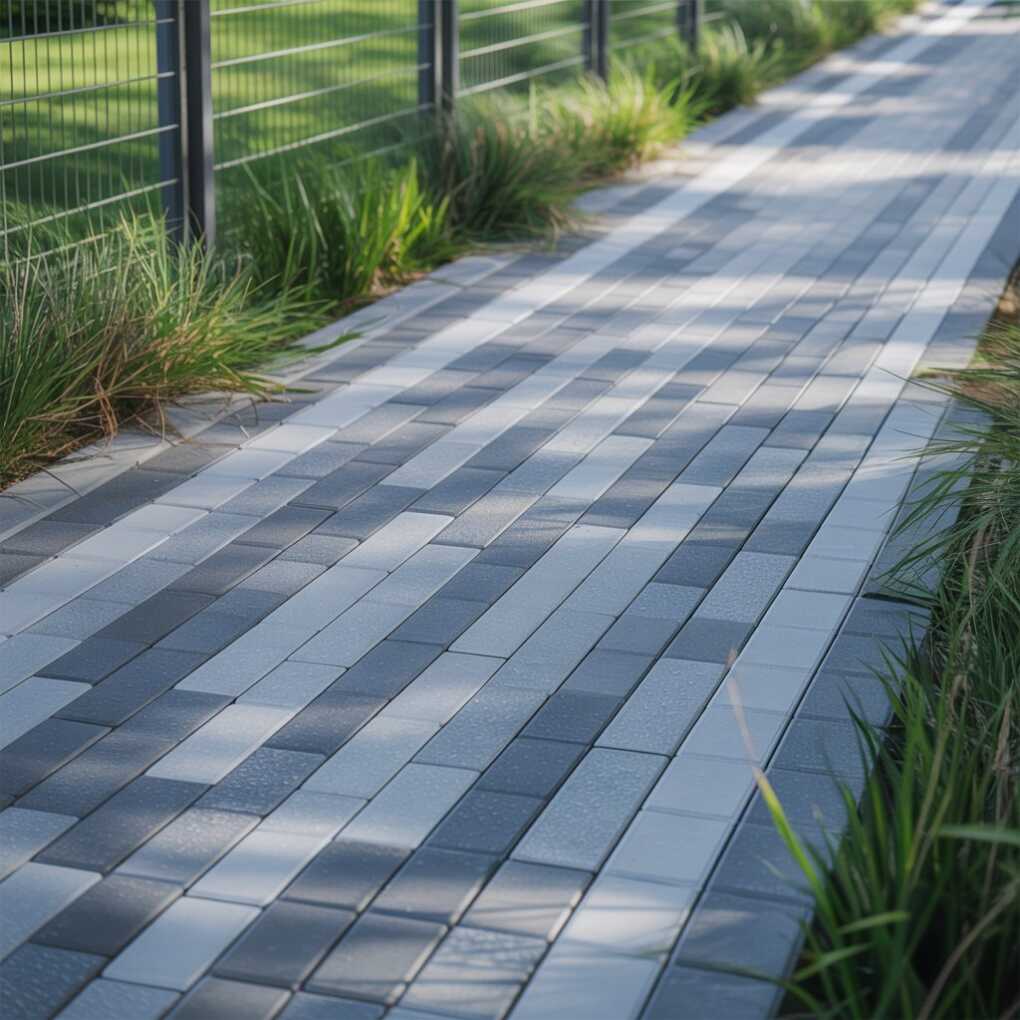Sustainable construction is an approach to building that seeks to minimise environmental impact while maximising functionality, durability, and comfort. At the heart of sustainable development is the desire to create structures that are environmentally responsible and resource-efficient throughout their lifecycle. This mission enlists a variety of innovative products and systems, one of which includes wind uplift paving systems. Such systems represent a significant advancement in addressing the multifaceted challenges of modern construction, particularly in areas exposed to severe weather conditions.

Why Sustainability in Construction Matters
The construction industry is a substantial contributor to environmental degradation, generating vast amounts of waste and consuming large quantities of materials and energy. Sustainability counters this by insisting on renewable resources, energy efficiency, and minimal waste. As populations grow and urbanisation increases, the demand for sustainable buildings that can withstand the pressures of climate change and urban density becomes more pronounced.
Introducing Wind Uplift Paving Systems into the Mix
Wind uplift paving systems are innovative construction solutions designed to enhance the sustainability of built environments. They are employed especially in the installation of pavers and decking on rooftops, balconies, and other outdoor areas prone to high winds. These systems work by securing pavers and preventing them from being dislodged by strong wind gusts, which not only ensures the safety and integrity of the structure but also contributes to its sustainability credentials.
The Environmental Benefits of Wind Uplift Paving Systems
One of the most significant environmental benefits of using wind uplift paving systems is the conservation of resources. Traditional methods of installing paving often involve the use of mortars and grouts, which can be resource-intensive in their manufacture. Wind uplift systems, on the other hand, are typically designed to be adjustable and reusable, thus reducing waste and promoting the reuse of materials.
Moreover, these systems typically allow for better water drainage and access to waterproofing membranes, thus enhancing the overall water management of the building. Good water management is vital for sustainable construction as it reduces the risk of water damage and conserves water through effective drainage and collection methods.
Durability and Maintenance
In the world of sustainable construction, durability is key. A durable building has a longer lifespan, which in turn reduces the frequency of repairs and replacements, conserving resources and energy over time. Wind uplift paving systems enhance the durability of outdoor floors by securing them against the elements and reducing the wear and tear that can result from wind movement.
Maintenance is also facilitated by these advanced systems. Easier access to the underlying surfaces means that issues can be resolved without the need for extensive demolition or renovation work, thus minimising disruptions and waste.
Addressing Climate Change with Resilient Construction Techniques
Climate change brings with it increased occurrences of extreme weather events, including stronger winds and more intensive storms. Buildings need to be designed with resilience in mind, able to withstand these changing conditions to protect both occupants and investments. Wind uplift paving systems are part of a suite of resilient construction techniques that can help make buildings more robust in the face of such adverse weather.
Economic Aspects of Sustainable Construction
From an economic standpoint, the benefits of sustainable construction are manifold. Initially, there may be higher costs associated with the purchase and installation of innovative systems like wind uplift paving systems. However, the long-term savings in terms of reduced energy consumption, lower maintenance costs, and the longevity of construction work can result in substantial economic advantages over the building’s lifetime.
Furthermore, sustainable buildings often have higher market value due to their efficiency and the growing demand for environmentally responsible living spaces.
Supporting Urban Green Spaces
Urban green spaces, including rooftop gardens and landscaped terraces, are becoming increasingly important in sustainable urban development. They provide aesthetic value, improve air quality, and contribute to biodiversity in the urban landscape. Wind uplift paving systems are pivotal in creating these spaces, as they securely hold the pavers and greenery in place even in high-wind zones, making the vision of a green urban future more achievable.
Enhancing Safety and Compliance
Safety is a paramount concern in construction, and sustainable building practices do not overlook this. The secure installation of pavers provided by wind uplift systems reduces the risk of accidents and falls, ensuring that outdoor spaces are not only environmentally sound but also safe for inhabitants and visitors.
Compliance with building regulations and standards is also integral to sustainable construction. By employing wind uplift systems that meet or exceed industry standards, developers and builders can ensure that their projects adhere to the latest safety and environmental guidelines.
Future Prospects of Sustainable Building Techniques
The future of construction is undeniably leaning towards sustainability. As techniques and materials evolve, systems like wind uplift paving systems will become increasingly important in addressing the challenges posed by urbanisation and climate change. Educational efforts and policy incentives that favour sustainable practices will continue to shift the industry towards environmentally responsible building methods that contribute to a greener and more resilient built environment.
In conclusion, the integration of wind uplift paving systems into construction projects is indicative of a broader commitment to sustainable development. These systems offer environmental, economic, safety, and compliance benefits that are indispensable in the current and future landscape of building practices. As the construction industry progresses, embracing these innovative solutions will be pivotal in the journey towards a more sustainable and resilient future.
